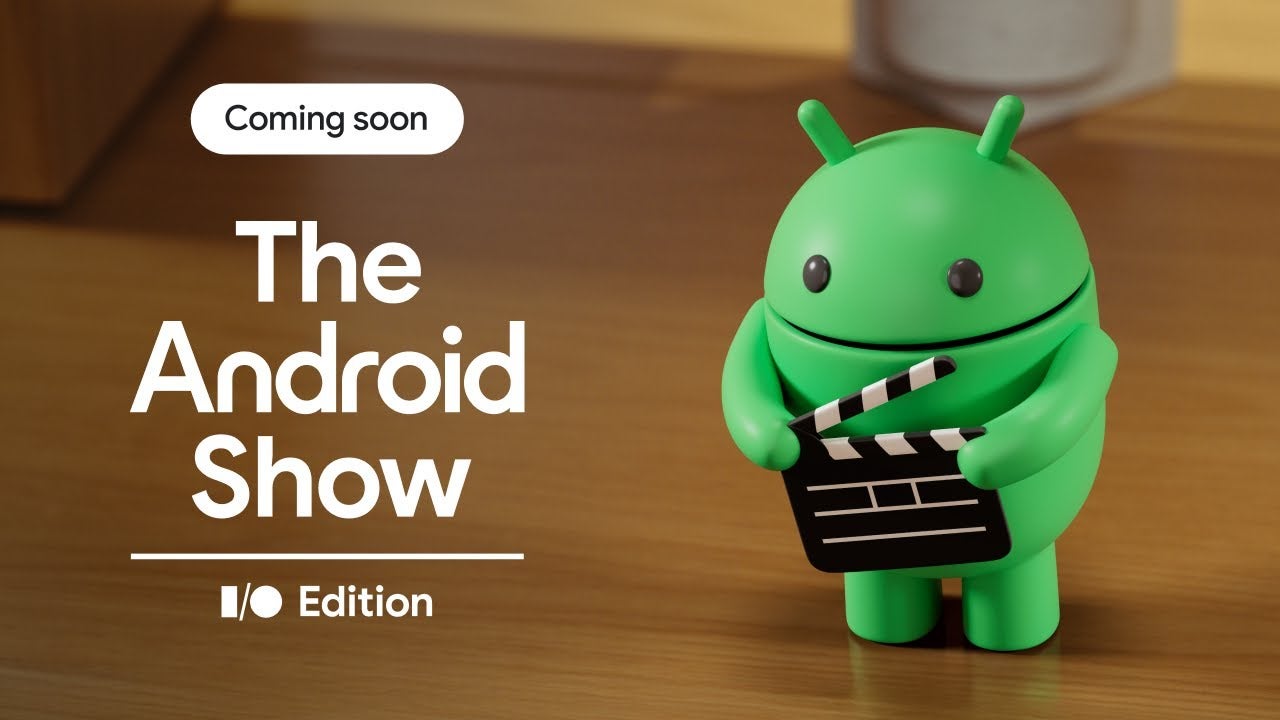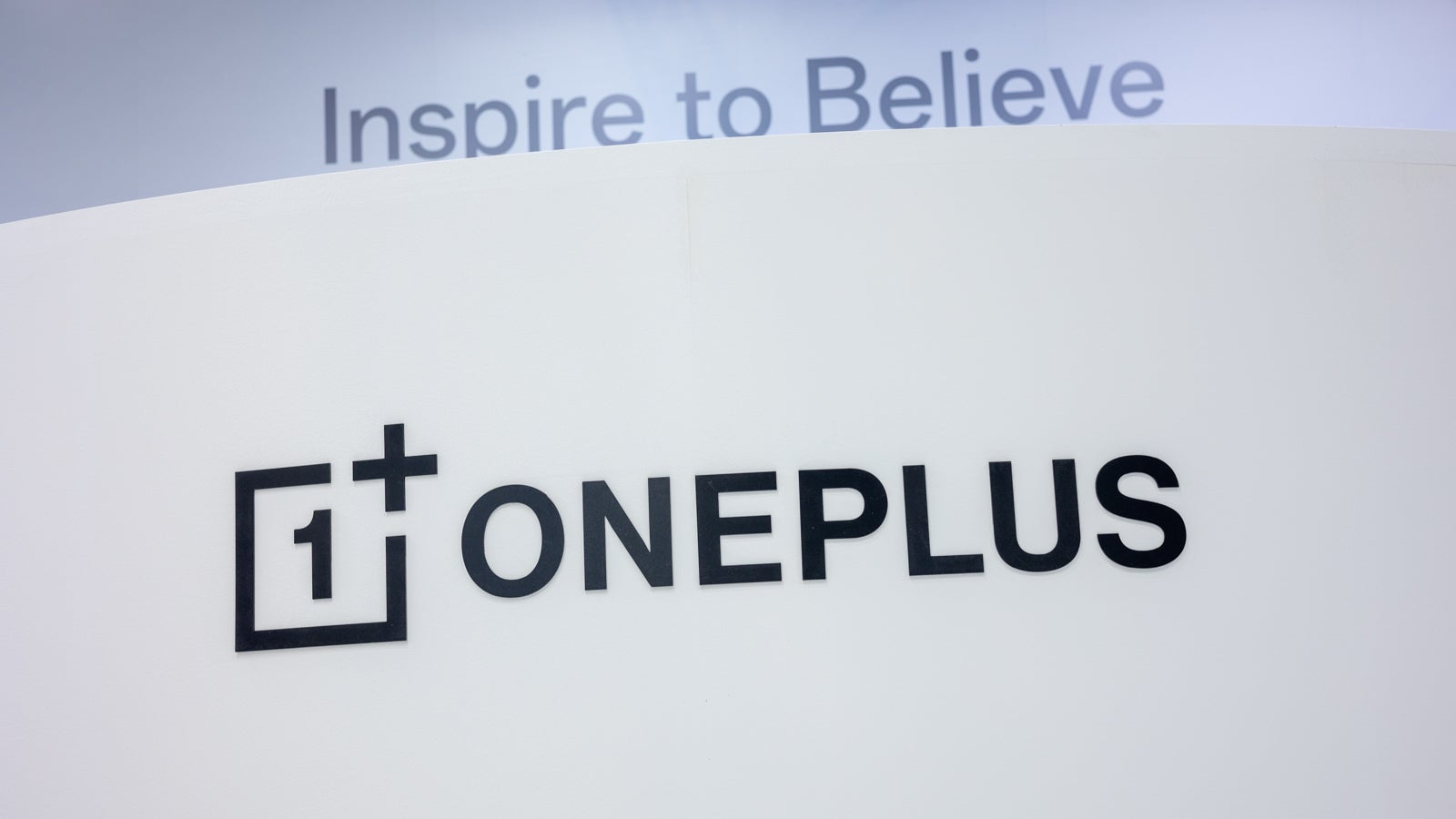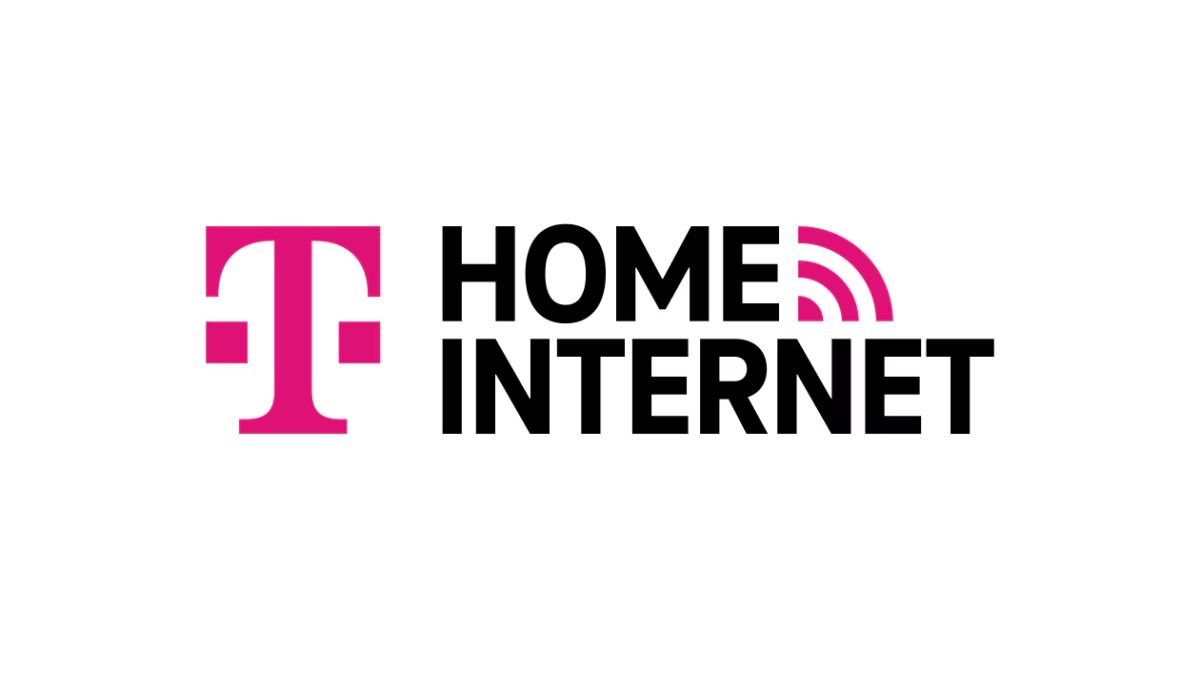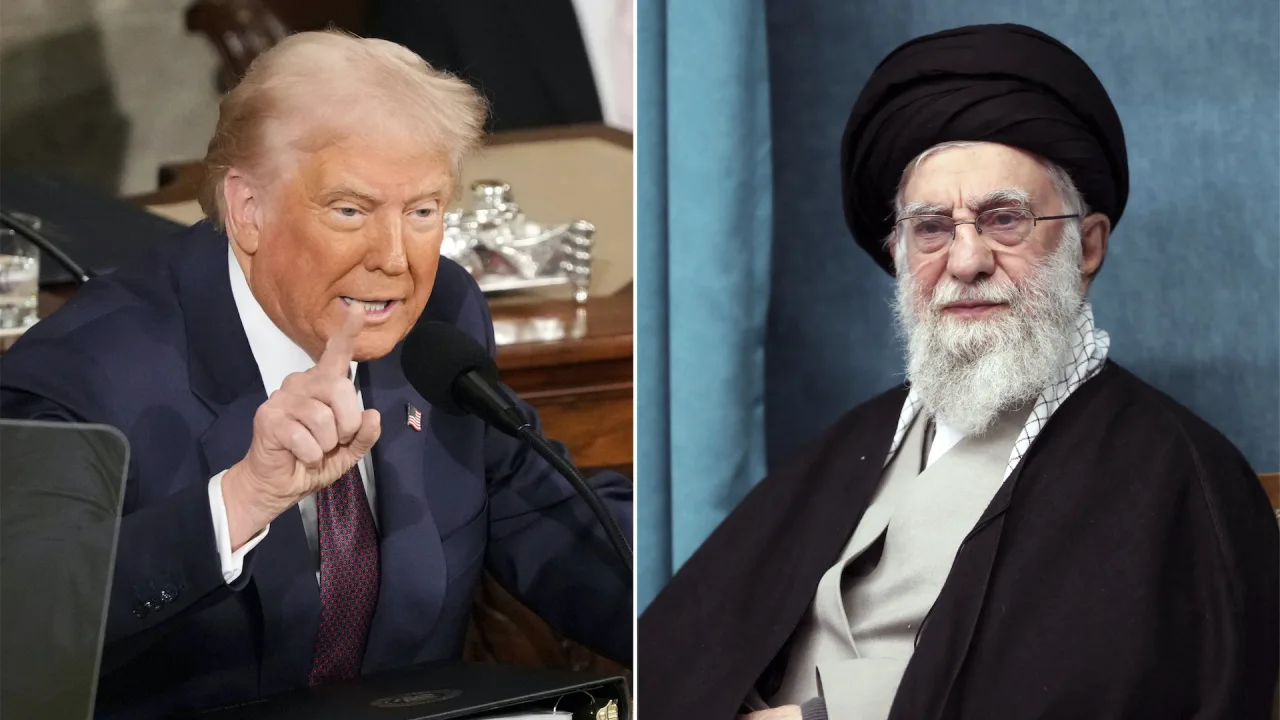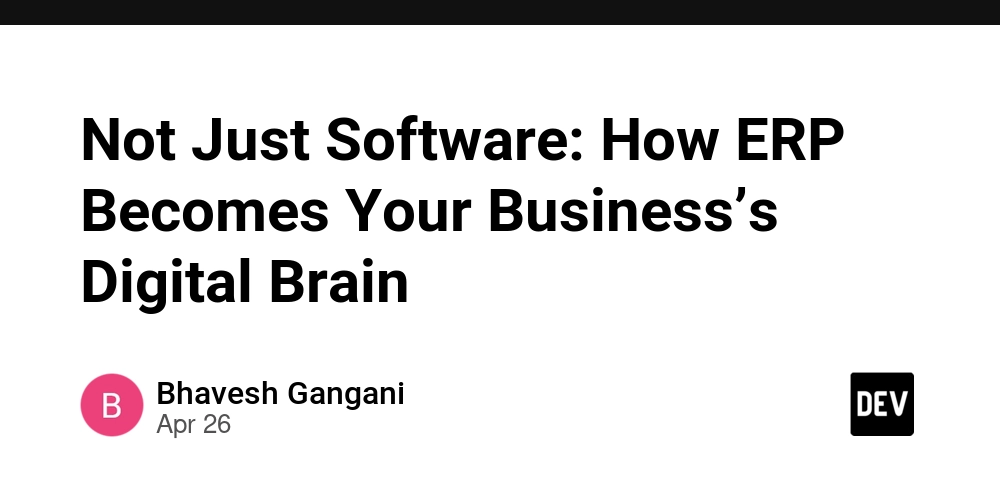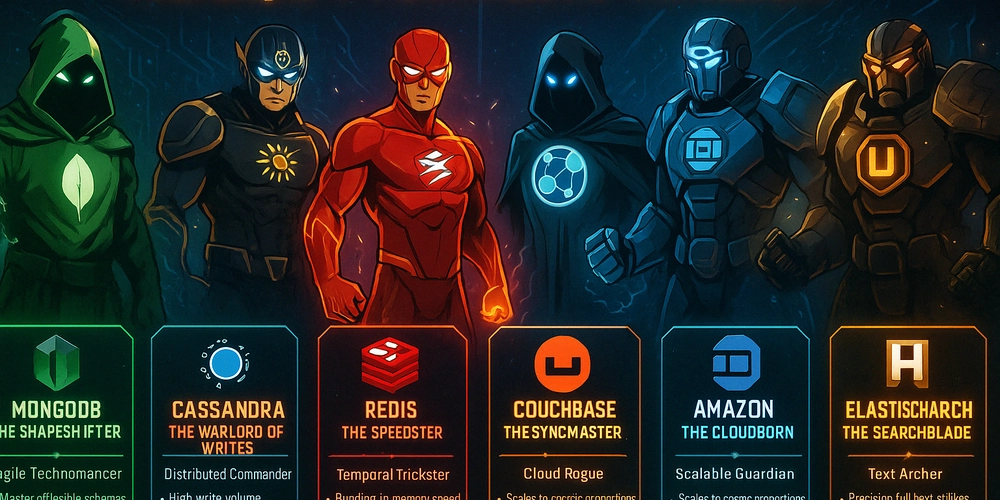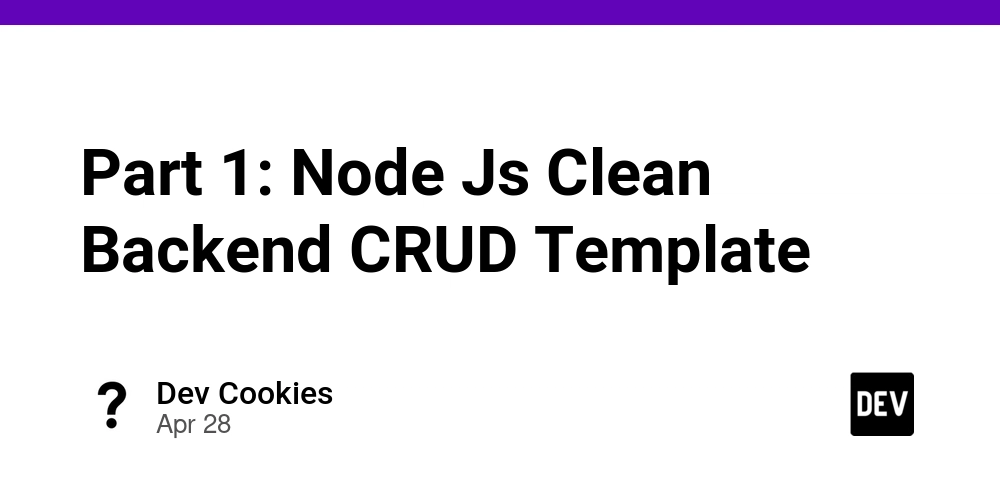Blockchain and Academic Credentials: Revolutionizing the Future of Education
Abstract Blockchain technology is rapidly transforming education through secure, transparent, and decentralized academic credentialing. This post explores how blockchain and NFTs are redefining record keeping in academia—from tamper-proof digital diplomas to dynamic, lifelong learning portfolios. We discuss the underlying technology, historical evolution, core features, practical applications, and potential challenges. In addition, the article examines future trends such as dynamic credentials, improved interoperability, and open-source collaboration. In doing so, we integrate insights from projects like Zora NFT Collection – Zora Team, Revv Racing NFT Collection Animoca Brands, and The Sandbox Assets NFT Collection – The Sandbox Team, as well as resources like What is Blockchain? and NFTs and Education. By blending technical depth with clear language, we provide a well-rounded view of how these innovations empower academic institutions, learners, and employers in a global digital era. Introduction The intersection of blockchain technology and academia is setting the stage for a revolution in how academic records are maintained and verified. Traditional education systems often rely on manual verification processes that can be slow, prone to fraud, and inefficient. However, by utilizing blockchain’s immutable ledger and the uniqueness of non-fungible tokens (NFTs), educational institutions can now issue secure digital credentials that are instantly verifiable across borders. This blog post examines the full scope of these technological advancements, highlighting the relevance for educators, students, researchers, and typical technology enthusiasts interested in decentralized digital transformation. The original article, Blockchain and Academic Credentials: Revolutionizing the Future of Education, provides an excellent foundation for discussing these topics. Building on that, we delve deeper into the nuances of blockchain credentialing, NFT adoption in education, and open-source innovations that are fostering transparency and trust throughout the digital education ecosystem. Background and Context Blockchain started its journey as the underpinning technology for cryptocurrencies with Bitcoin in 2009. Over time, its robust features—decentralization, immutability, and cryptographic security—paved the way for wider applications, including its integration into academic systems. Now, blockchain is being adapted to verify academic records, ensuring that each credential is: Immutable: Once recorded, academic credentials cannot be altered or tampered with. Decentralized: Credential data is maintained across multiple nodes, eliminating reliance on a single centralized authority. Transparent: Stakeholders can readily verify academic achievements without intermediary delays. In tandem with blockchain, NFTs (Non-Fungible Tokens) have come to play a significant role in education. NFTs not only serve as verifiable digital assets but also enable a dynamic way to represent academic accomplishments such as diplomas, course certifications, and research achievements. The combination of these technologies supports a vision of a decentralized, globally accessible educational ecosystem where learners maintain lifelong digital portfolios. Key Concepts Defined Blockchain: A distributed ledger technology that records transactions and data in a secure, immutable manner. Academic Credentialing: The verification process ensuring that educational achievements are authentic and tamper-proof. Non-Fungible Tokens (NFTs): Unique digital tokens that represent ownership or proof of authenticity of a digital or even physical asset. Open-Source Integration: Collaborative development practices that ensure transparency and continuous improvement in technology systems. These concepts not only contribute individually to enhancing education but also create an ecosystem that encourages global collaboration and decentralized validation mechanisms. Core Concepts and Features In this section, we break down the essential aspects of blockchain and NFT technologies in academia by focusing on secure record keeping, decentralization, and digital ownership. 1. Blockchain for Credentialing Blockchain provides a framework where academic credentials are stored securely and transparently. Here are the key features: Enhanced Security: Once a record (such as a transcript or diploma) is stored on the blockchain, its immutability prevents fraudulent alterations. Instantaneous Verification: Stakeholders, including employers and educational institutions, can validate academic credentials in real time using web-accessible records. Decentralized Control: The absence of a central authority ensures that control is broadly shared, which minimizes the risk of data monopolization or manipulation. Smart Contracts: Automated contracts ensure that once predefined conditions are met—such as
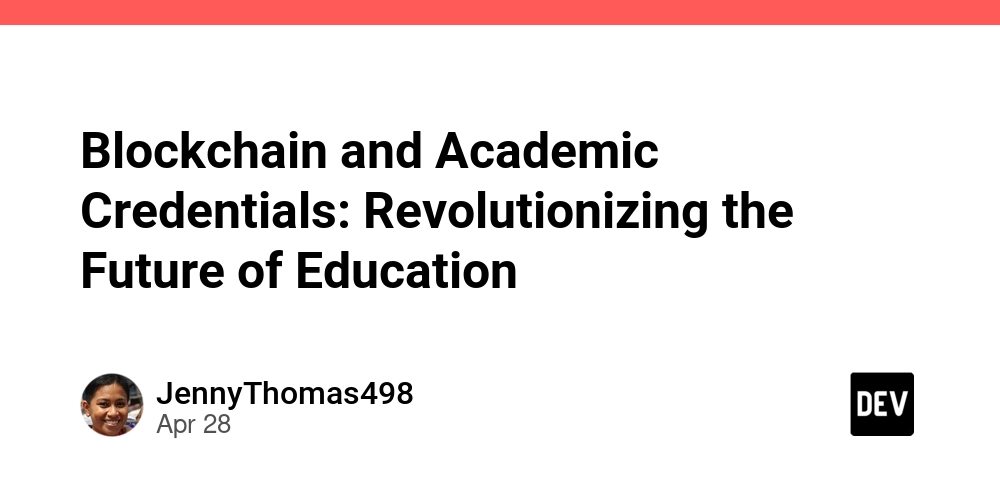
Abstract
Blockchain technology is rapidly transforming education through secure, transparent, and decentralized academic credentialing. This post explores how blockchain and NFTs are redefining record keeping in academia—from tamper-proof digital diplomas to dynamic, lifelong learning portfolios. We discuss the underlying technology, historical evolution, core features, practical applications, and potential challenges. In addition, the article examines future trends such as dynamic credentials, improved interoperability, and open-source collaboration. In doing so, we integrate insights from projects like Zora NFT Collection – Zora Team, Revv Racing NFT Collection Animoca Brands, and The Sandbox Assets NFT Collection – The Sandbox Team, as well as resources like What is Blockchain? and NFTs and Education. By blending technical depth with clear language, we provide a well-rounded view of how these innovations empower academic institutions, learners, and employers in a global digital era.
Introduction
The intersection of blockchain technology and academia is setting the stage for a revolution in how academic records are maintained and verified. Traditional education systems often rely on manual verification processes that can be slow, prone to fraud, and inefficient. However, by utilizing blockchain’s immutable ledger and the uniqueness of non-fungible tokens (NFTs), educational institutions can now issue secure digital credentials that are instantly verifiable across borders. This blog post examines the full scope of these technological advancements, highlighting the relevance for educators, students, researchers, and typical technology enthusiasts interested in decentralized digital transformation.
The original article, Blockchain and Academic Credentials: Revolutionizing the Future of Education, provides an excellent foundation for discussing these topics. Building on that, we delve deeper into the nuances of blockchain credentialing, NFT adoption in education, and open-source innovations that are fostering transparency and trust throughout the digital education ecosystem.
Background and Context
Blockchain started its journey as the underpinning technology for cryptocurrencies with Bitcoin in 2009. Over time, its robust features—decentralization, immutability, and cryptographic security—paved the way for wider applications, including its integration into academic systems. Now, blockchain is being adapted to verify academic records, ensuring that each credential is:
- Immutable: Once recorded, academic credentials cannot be altered or tampered with.
- Decentralized: Credential data is maintained across multiple nodes, eliminating reliance on a single centralized authority.
- Transparent: Stakeholders can readily verify academic achievements without intermediary delays.
In tandem with blockchain, NFTs (Non-Fungible Tokens) have come to play a significant role in education. NFTs not only serve as verifiable digital assets but also enable a dynamic way to represent academic accomplishments such as diplomas, course certifications, and research achievements. The combination of these technologies supports a vision of a decentralized, globally accessible educational ecosystem where learners maintain lifelong digital portfolios.
Key Concepts Defined
- Blockchain: A distributed ledger technology that records transactions and data in a secure, immutable manner.
- Academic Credentialing: The verification process ensuring that educational achievements are authentic and tamper-proof.
- Non-Fungible Tokens (NFTs): Unique digital tokens that represent ownership or proof of authenticity of a digital or even physical asset.
- Open-Source Integration: Collaborative development practices that ensure transparency and continuous improvement in technology systems.
These concepts not only contribute individually to enhancing education but also create an ecosystem that encourages global collaboration and decentralized validation mechanisms.
Core Concepts and Features
In this section, we break down the essential aspects of blockchain and NFT technologies in academia by focusing on secure record keeping, decentralization, and digital ownership.
1. Blockchain for Credentialing
Blockchain provides a framework where academic credentials are stored securely and transparently. Here are the key features:
- Enhanced Security: Once a record (such as a transcript or diploma) is stored on the blockchain, its immutability prevents fraudulent alterations.
- Instantaneous Verification: Stakeholders, including employers and educational institutions, can validate academic credentials in real time using web-accessible records.
- Decentralized Control: The absence of a central authority ensures that control is broadly shared, which minimizes the risk of data monopolization or manipulation.
- Smart Contracts: Automated contracts ensure that once predefined conditions are met—such as the completion of a course—credential issuance occurs automatically.
- Interoperability: Standardized blockchain protocols enable seamless sharing and verification of credentials across institutions and geographic regions.
2. NFTs in Education
NFTs add a transformative layer to education by tokenizing academic achievements. Their key benefits include:
- Digital Certificates: Graduates can receive digital diplomas as NFTs, ensuring each diploma is uniquely tied to the issuer.
- Intellectual Property Ownership: Educational content, research papers, and creative projects can be issued as NFTs, providing a clear record of ownership.
- Engagement and Gamification: NFTs can also act as digital collectibles—rewards that motivate students and encourage continuous learning.
- Dynamic and Lifelong Portfolios: NFTs empower students to compile an up-to-date, verifiable portfolio that follows their academic journey over their lifetime.
Overlapping Features and Synergies
The synergy between blockchain and NFT technologies creates a robust ecosystem enhancing educational integrity. The following table provides a concise comparison between blockchain credentialing and NFT issuance in education:
| Key Feature | Blockchain Credentialing | NFTs in Education |
|---|---|---|
| Security | Immutable ledger preventing unauthorized modifications | Tamper-proof tokens providing secure, verifiable digital certificates |
| Transparency | Public records allow stakeholders instant access to credentials | Digital certificates can be publicly verified on-chain |
| Decentralization | Distributed control minimizes reliance on a single authority | NFTs are issued on decentralized platforms, promoting global credibility |
| Automation | Smart contracts automate the issuance and updating of academic credentials | Automated minting and verification of NFT credentials using blockchain technology |
| Interoperability | Standardized protocols ensure credentials are recognized worldwide | NFTs adhere to established standards like ERC-721 for cross-platform usage |
Additional Features
- Privacy Protection: Even though blockchain emphasizes transparency, encryption techniques ensure that personal information remains confidential.
- Global Standards and Institutional Trust: Adoption of global protocols amplifies trust across educational institutions, employers, and regulatory bodies.
- Empowerment through Digital Ownership: Students gain complete control over their credentials, fostering a more personalized and lifelong educational experience.
Applications and Use Cases
Innovative projects are already leveraging blockchain and NFTs in educational contexts. Below are several practical examples:
Case Study 1: Secure Academic Transcripts
A prestigious university implemented a blockchain-based system to issue official academic transcripts.
Advantages:
- Instant Verification: Employers can quickly confirm the authenticity of a transcript.
- Fraud Prevention: The immutable blockchain record eradicates risks of fraudulent alterations.
- Efficiency: Automation through smart contracts reduces administrative workload.
Process:
- The university deploys a smart contract that issues a digital transcript on course completion.
- Stakeholders access verified records using unique identifiers.
- Integration with traditional systems ensures convenience and continuity.
Case Study 2: NFT-Based Digital Diplomas
An innovative institution partnered with blockchain developers to mint graduation diplomas as NFTs.
Advantages:
- Proof of Authenticity: A secure digital diploma guarantees that the credential is genuine.
- Engaging Digital Collectibles: Graduates receive an asset they can display and share, increasing their digital identity.
- Ownership of Achievements: Graduates maintain decentralized ownership of their academic record.
Process:
- Upon graduation, a smart contract automatically mints a unique NFT representing the diploma.
- Graduates can share this NFT via digital portfolios or social networks.
- Compatibility with marketplaces encourages further engagement and verification.
Case Study 3: Open Educational Resource (OER) Tokenization
A consortium of online educators deployed tokenization to certify course completions via NFTs.
Advantages:
- Decentralized Resource Sharing: Students and educators interact in a secure, peer-to-peer network.
- Economic Incentives: Tokenized rewards motivate continuous content creation and engagement.
- Verifiable Intellectual Property: NFTs serve as proof of content originality—a boon for educators.
Process:
- Educators mint NFTs to reflect course certifications and achievements.
- Learners build an NFT-based lifelong learning portfolio.
- The platform leverages open-source principles, allowing global collaboration and interoperability.
Key Benefits – Bullet List
- Security: Immutable records and tamper-proof certificates.
- Efficiency: Automation reduces manual administrative tasks.
- Transparency: Public verification boosts trust and lowers fraud risks.
- Global Integration: Interoperable standards allow easy cross-border verification.
- Innovation: Digital collectibles and tokenized incentives drive engagement.
Challenges and Limitations
While the promise of blockchain and NFT integration in academia is significant, several challenges must be overcome to ensure broad adoption:
Technical Barriers
- Scalability: Accommodating millions of academic records requires addressing network congestion and transaction latency.
- Interoperability: Different blockchain networks may not easily integrate without standardized protocols.
- Energy Consumption: Some blockchain models, especially proof-of-work, consume significant energy. Although proof-of-stake models are more efficient, the environmental concern remains for some legacy systems.
Regulatory and Privacy Concerns
- Regulatory Uncertainty: Government bodies and academic institutions are still evolving policies on blockchain integration, leading to potential delays.
- Privacy Risks: Balancing transparency with personal data security is challenging, requiring robust encryption and selective sharing mechanisms.
- Intellectual Property Disputes: As NFTs tokenize academic content, clear guidelines on ownership and copyright are essential to avoid legal conflicts.
Adoption and Socio-Economic Challenges
- Resistance to Change: Traditional educational institutions may hesitate to adopt disruptive technologies.
- High Implementation Costs: Initial investments in blockchain infrastructure and training can be prohibitive, especially in regions with fewer resources.
- Digital Divide: Not every student has access to the required digital tools, potentially widening the gap in educational opportunities.
- User Experience: Complex user interfaces may impede adoption. It is important to design intuitive systems that are accessible to non-technical users.
Future Outlook and Innovations
Looking to the future, blockchain and NFTs in education will likely continue evolving, with several key trends on the horizon:
Predicted Trends
- Broad Adoption: More academic institutions will adopt blockchain systems for credentialing as economies of scale and technological improvements occur.
- Scalability Solutions: Innovations in consensus mechanisms and second-layer technologies will address current scalability issues.
- Enhanced Interoperability: Global standards for blockchain interoperability will emerge, allowing seamless verification across international borders.
- Integration with AI and IoT: Emerging technologies such as Artificial Intelligence could analyze educational data to provide personalized learning experiences, while IoT devices could automate data capture in physical environments.
- Broader NFT Applications: Future NFT implementations may expand to micro-certifications, learning badges, and even management of intellectual property rights.
Innovations on the Horizon
- Dynamic Credentials: Imagine an academic credential that updates automatically as new skills are acquired. This could revolutionize lifelong learning and professional development.
- Decentralized Learning Platforms: Future education systems might be fully decentralized, where students control not only their academic data but also participate in peer-to-peer learning ecosystems.
- Personalized Learning Pathways: By leveraging blockchain-verified achievements, educational curricula can become more tailored to individual learning styles and evolving market needs.
- Collaborative Open-Source Initiatives: Open-source projects will drive continuing innovation. Funding models such as those discussed in Empowering Innovation: The Role of Open Source Project Funding Platforms illustrate the potential for collaborative, decentralized funding and development.
- Tokenized Incentives: NFT-based rewards may transform the economics of education, providing micro-rewards for both educators and learners, thereby fostering a culture of continuous self-improvement.
Additional thoughts are shared by experts in blockchain and open-source technology. In a recent post on Blockchain and Open Source: A New Dawn of Innovation, it is suggested that these disruptive technologies will soon become integral to the academic ecosystem.
Summary
Blockchain and NFT technologies are ushering in a transformative era for academic credentialing and digital education. These innovations empower institutions to verify credentials securely, efficiently, and transparently, reducing fraud and administrative overhead. By offering tamper-proof digital diplomas, decentralized learning portfolios, and tokenized incentives, blockchain and NFTs not only validate academic achievements but also drive global educational innovation.
While challenges—such as scalability, regulatory uncertainties, and the digital divide—must be addressed, the future outlook remains vibrant. Enhanced interoperability, dynamic credential systems, and collaborations through open-source initiatives promise a progressive, decentralized, and personalized learning experience for future generations.
Key takeaways include:
- Blockchain Credentials: Secure, transparent, and immutable records for academic achievements.
- NFT Digital Certificates: Unique, verifiable tokens that represent degrees, diplomas, and intellectual works.
- Open-Source Collaboration: Greater transparency and shared innovation through community-driven platforms.
- Future Trends: Personalized learning, dynamic credentials, and expanded networking power through advanced blockchain solutions.
The convergence of blockchain technology with academic credentialing challenges traditional systems and paves the way for a resilient, global education ecosystem. As educators, students, and institutions embrace these innovations, we move toward a future where every academic achievement is secure, accessible, and recognized worldwide.
For further reading, explore foundational resources such as What is Blockchain? and NFTs and Education. Additionally, projects like The Sandbox Assets NFT Collection – The Sandbox Team and Revv Racing NFT Collection Animoca Brands are driving these shifts forward.
By staying informed and collaborating across sectors, stakeholders can help shape an educational landscape in which technology not only supports but actively empowers lifelong learning and innovation.
Embrace the future of education by exploring blockchain-driven digital credentials and NFT-powered academic records. Discover how innovation, security, and decentralization can transform your academic journey and professional future.


























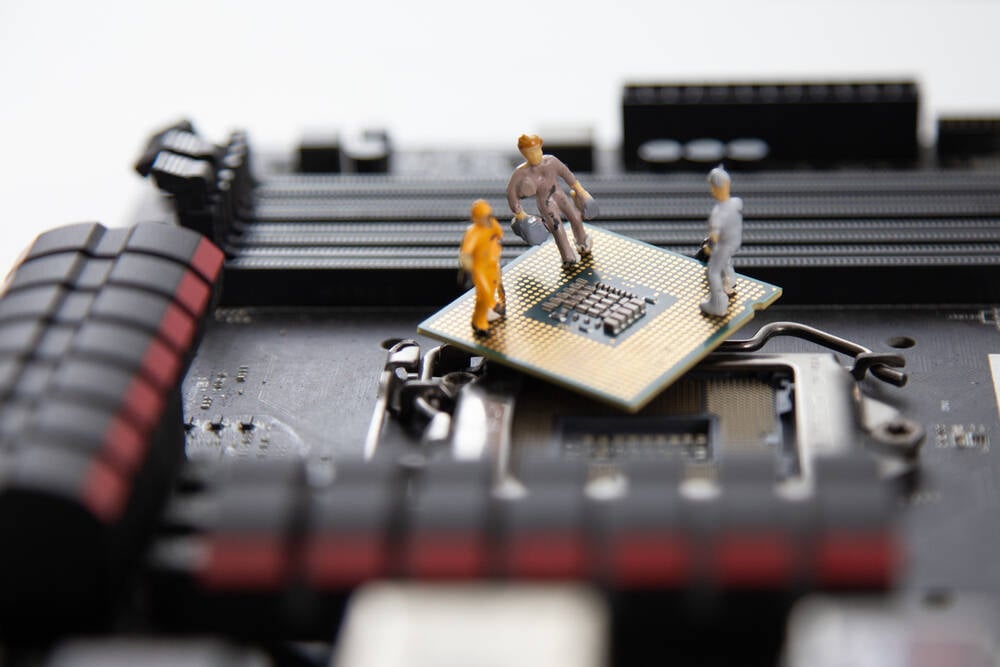
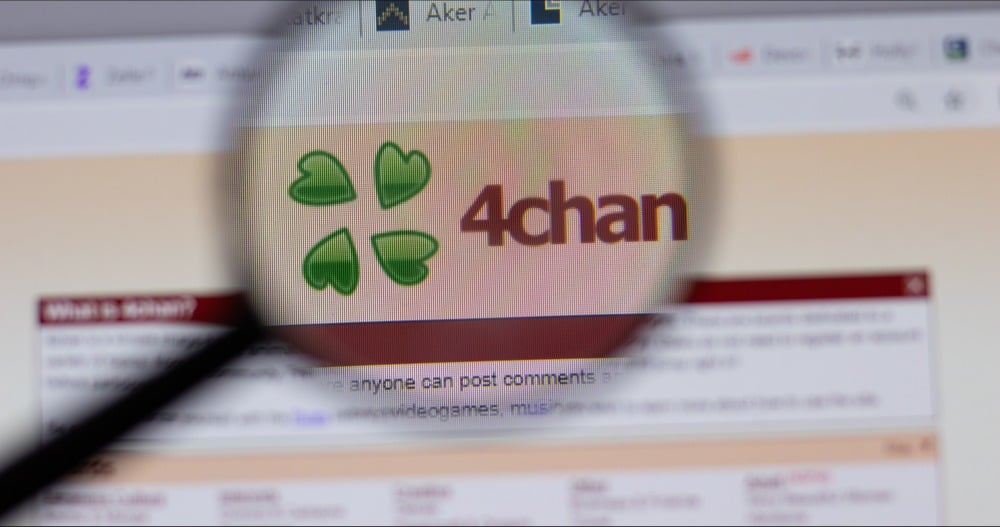






































































































































![[The AI Show Episode 143]: ChatGPT Revenue Surge, New AGI Timelines, Amazon’s AI Agent, Claude for Education, Model Context Protocol & LLMs Pass the Turing Test](https://www.marketingaiinstitute.com/hubfs/ep%20143%20cover.png)














































































































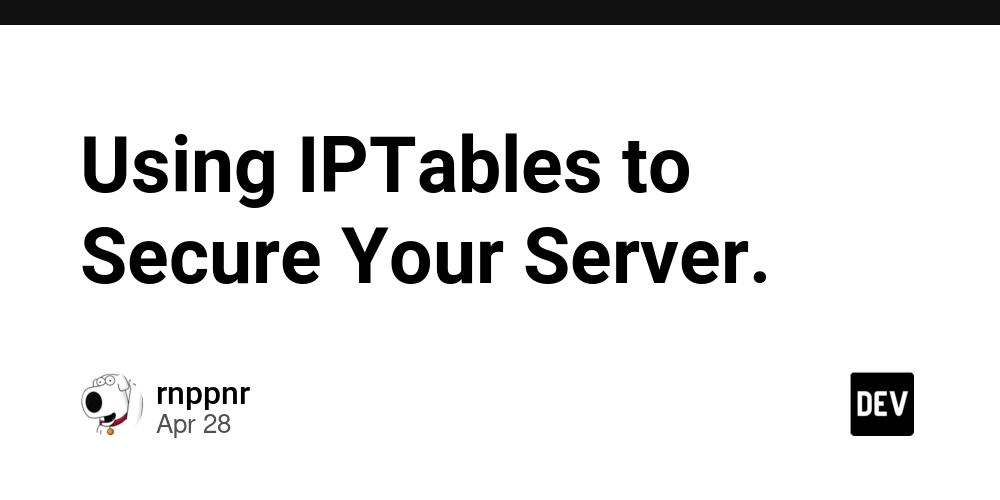
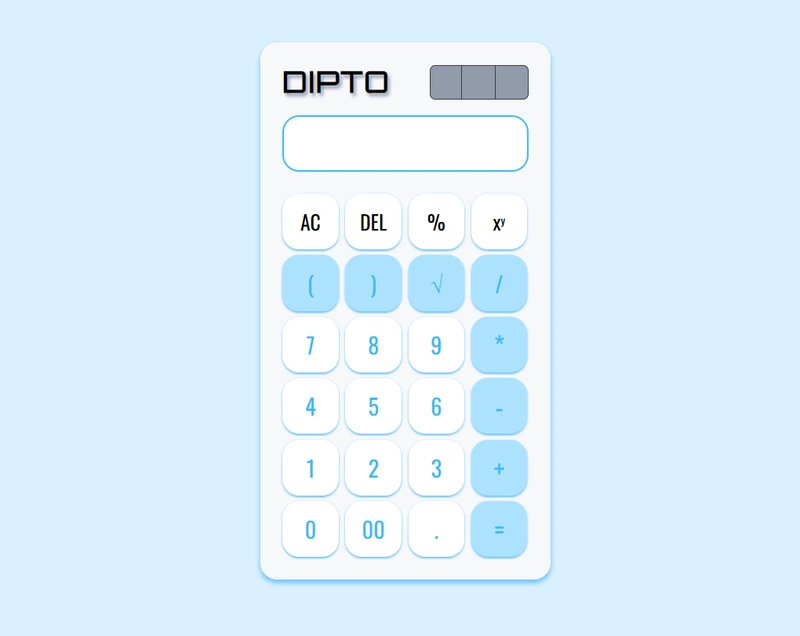




























































































































.jpg?#)




























_Muhammad_R._Fakhrurrozi_Alamy.jpg?width=1280&auto=webp&quality=80&disable=upscale#)
_NicoElNino_Alamy.jpg?width=1280&auto=webp&quality=80&disable=upscale#)






































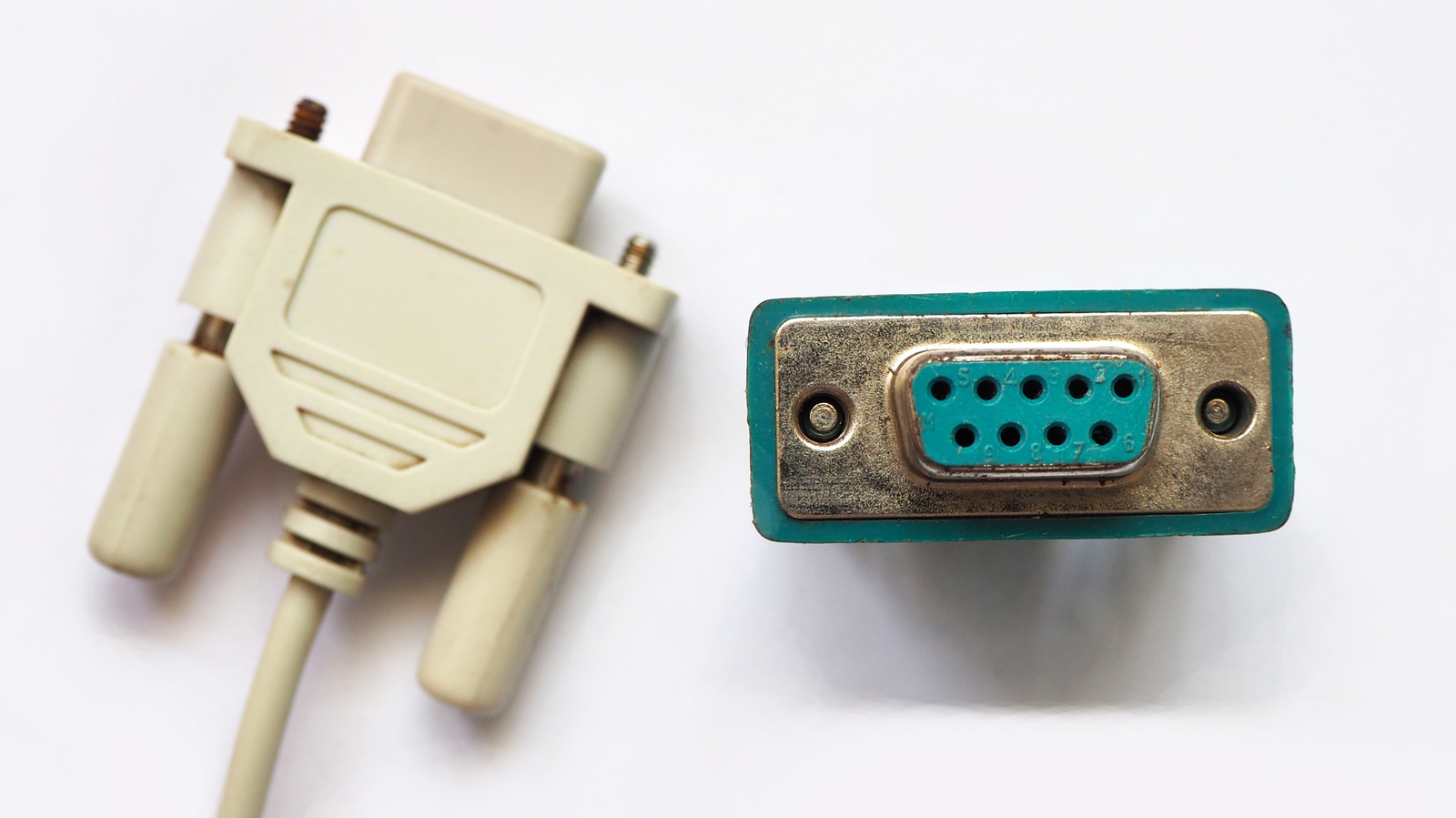
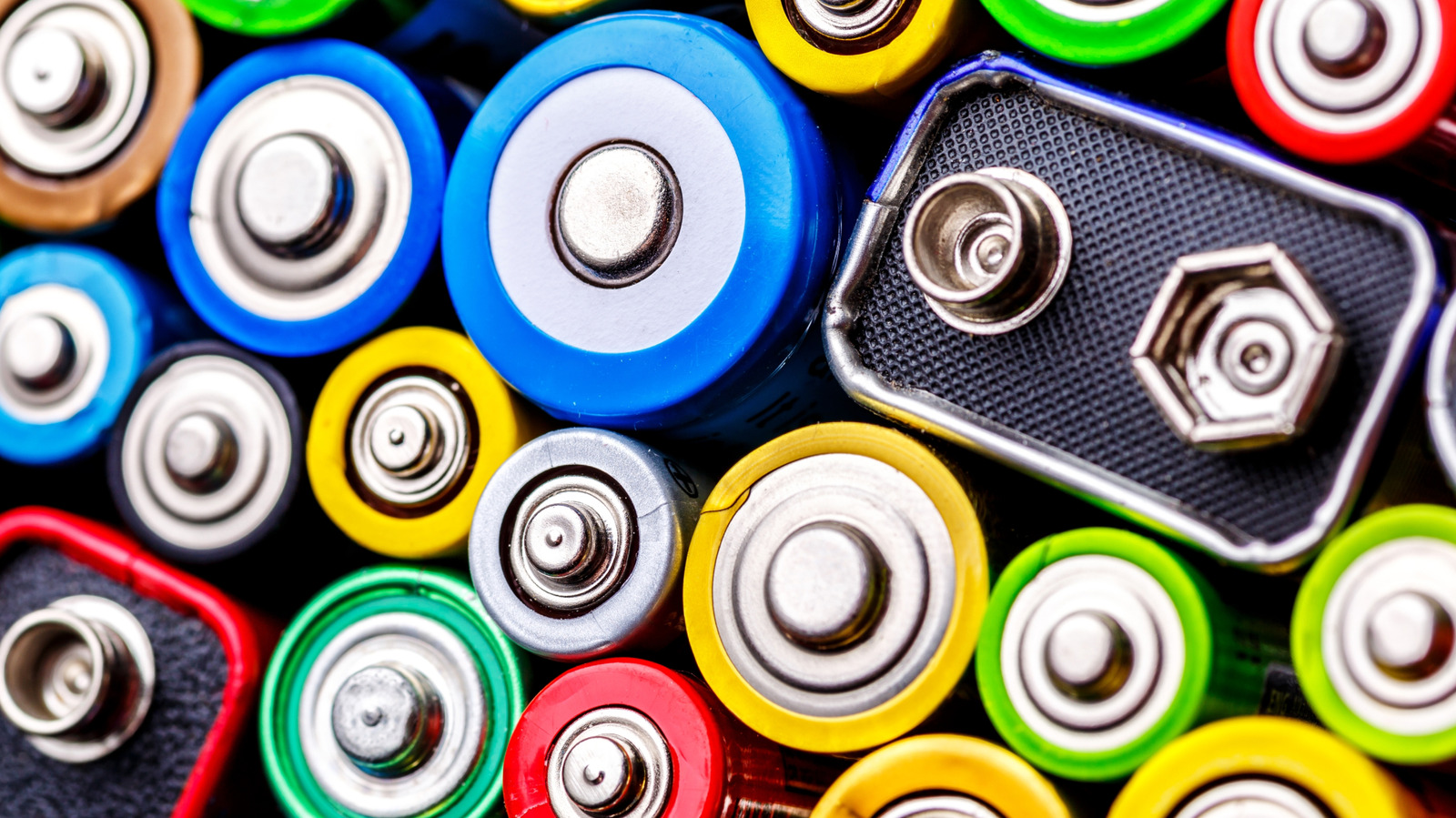

















































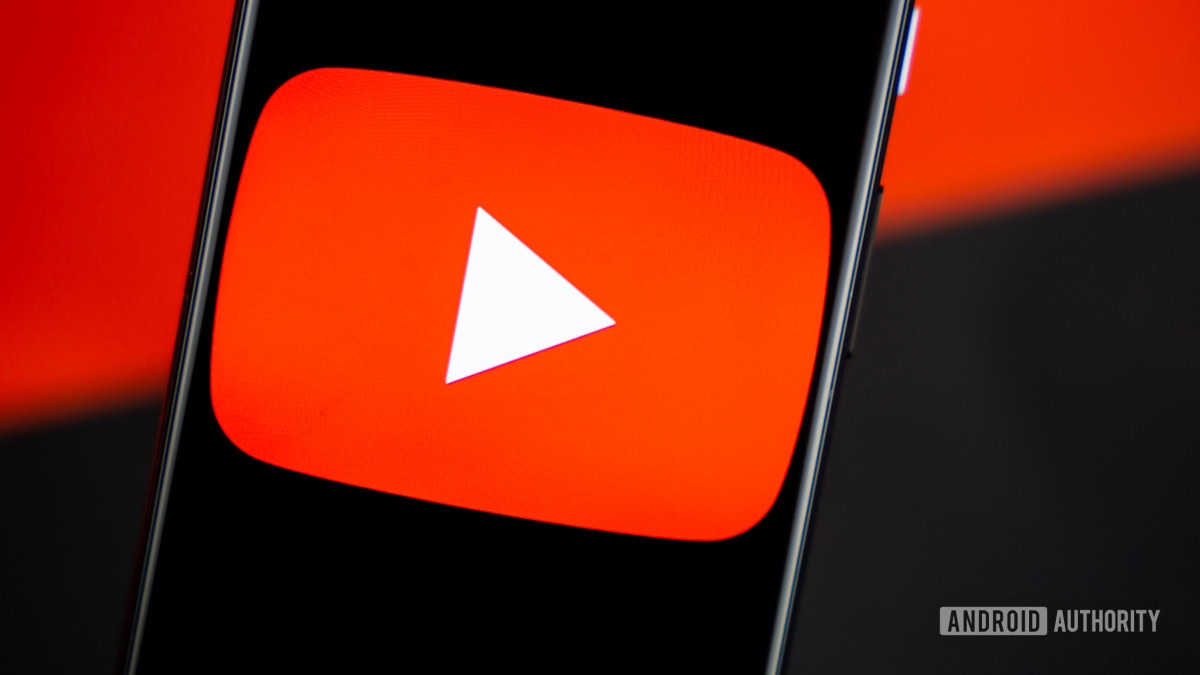
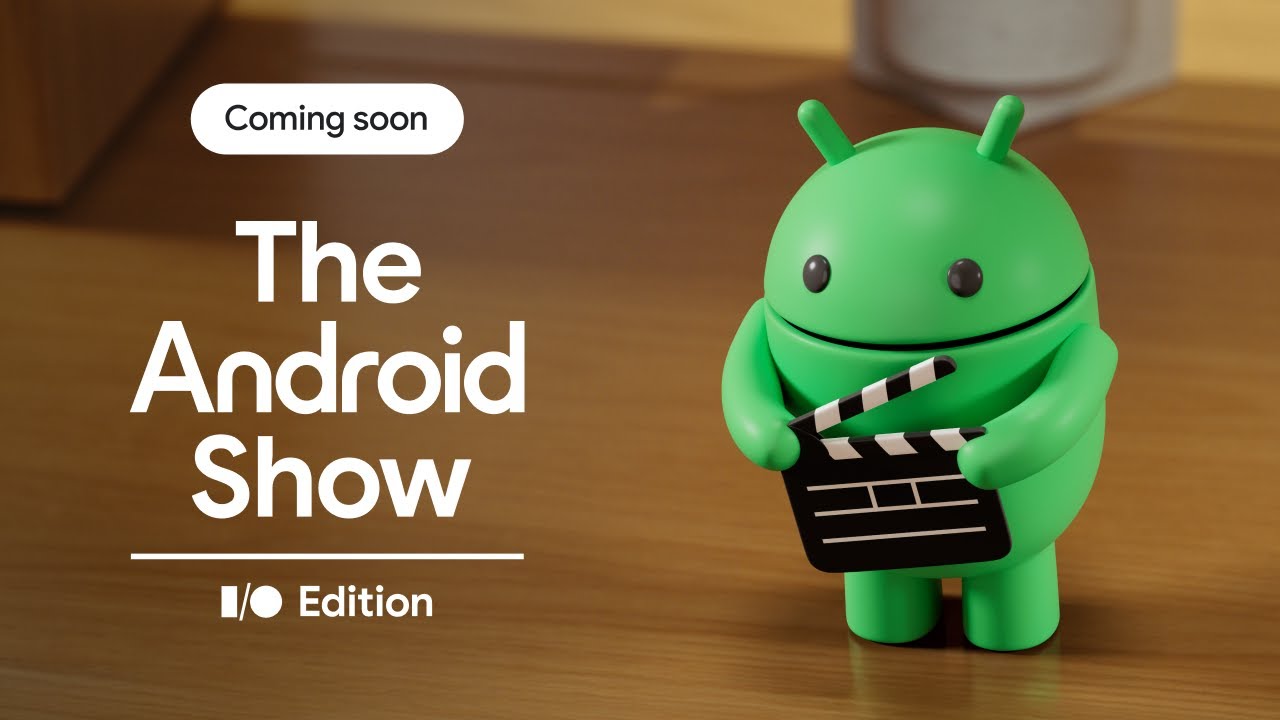














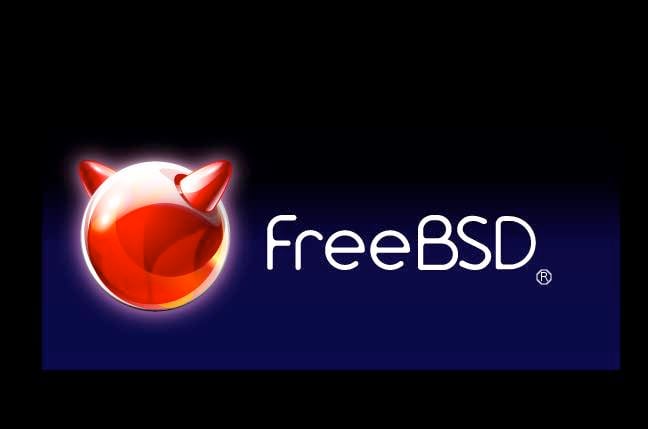


![New iPad 11 (A16) On Sale for Just $299! [Lowest Price Ever]](https://www.iclarified.com/images/news/97144/97144/97144-640.jpg)

![M4 MacBook Air Drops to Just $849 - Act Fast! [Lowest Price Ever]](https://www.iclarified.com/images/news/97140/97140/97140-640.jpg)
![Apple Smart Glasses Not Close to Being Ready as Meta Targets 2025 [Gurman]](https://www.iclarified.com/images/news/97139/97139/97139-640.jpg)











































